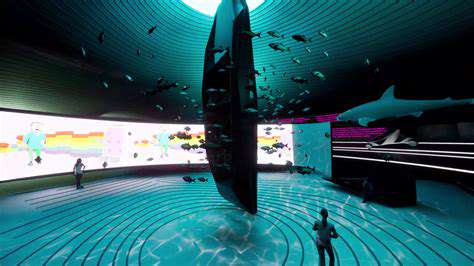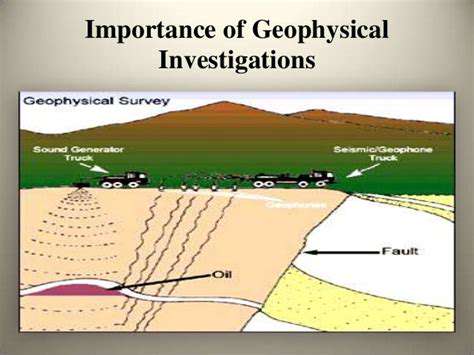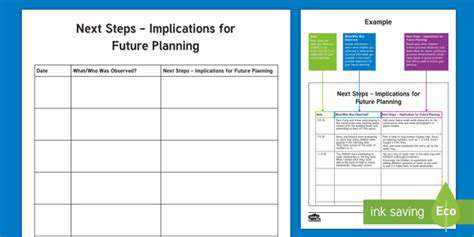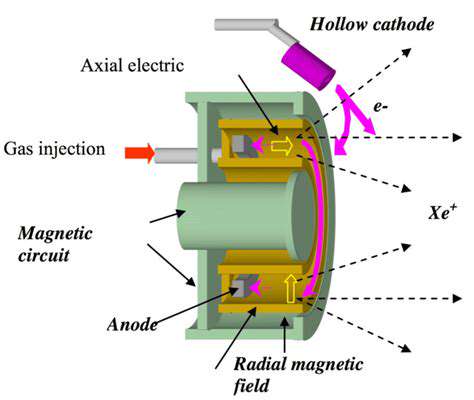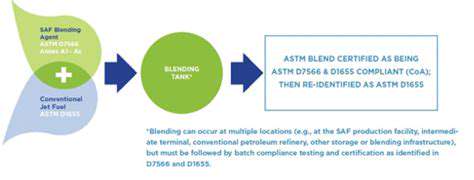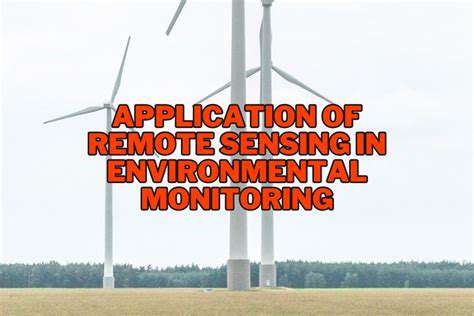Modern positioning systems have undergone a dramatic transformation with the advent of Real-Time Kinematic (RTK) technology. This breakthrough approach delivers unprecedented precision that fundamentally changes how professionals work with spatial data. What makes RTK truly remarkable is its ability to combine satellite signals with ground-based corrections, achieving positioning accuracy measured in centimeters rather than meters. Surveyors and engineers now rely on this technology for projects where millimeter-level precision makes the difference between success and costly errors.
The practical implications of this technological leap are profound. Construction teams can now position structural elements with surgical precision, while agricultural specialists optimize field operations down to individual plant spacing. This level of detail transforms entire industries, creating new possibilities for efficiency and quality control that simply didn't exist with traditional GPS methods.
Enhanced Accuracy and Efficiency
Traditional GPS systems, while revolutionary in their time, suffer from inherent limitations that RTK elegantly solves. The secret lies in the continuous dialogue between mobile receivers and strategically placed base stations. These ground reference points constantly analyze atmospheric distortions and signal delays, transmitting real-time corrections that virtually eliminate positioning errors.
The time savings alone justify the investment in RTK systems. Where traditional surveying might require multiple site visits and days of data processing, RTK delivers verified results immediately. Construction projects benefit from reduced rework, while emergency responders gain critical situational awareness without delay. The ripple effects of this efficiency touch every sector that relies on precise positioning.
Applications Across Diverse Industries
From urban planning to precision agriculture, RTK's versatility continues to surprise even seasoned professionals. Civil engineers now monitor infrastructure deformation with sub-centimeter accuracy, detecting potential structural issues before they become visible to the naked eye. Meanwhile, vineyard managers employ RTK-guided tractors to cultivate between vine rows with centimeter-perfect precision, preserving delicate root systems while automating labor-intensive tasks.
The technology's adaptability shines in unexpected applications too. Archaeologists document excavation sites with unprecedented detail, while wildlife researchers track animal movements through challenging terrain. Each successful implementation inspires new creative uses, demonstrating RTK's potential to transform fields far beyond its original surveying applications.
The Role of Base Stations in RTK
At the heart of every RTK system lies its network of base stations - the unsung heroes of centimeter-accurate positioning. These fixed installations serve as truth beacons, their known positions providing the reference framework that makes ultra-precise mobile positioning possible. The strategic placement of these stations creates an invisible web of correction data across entire regions.
Modern base station networks demonstrate remarkable sophistication. Some installations incorporate multiple GNSS constellations, while others feature redundant power systems and automated monitoring. This infrastructure represents a significant investment, but one that pays dividends through the precision it enables across countless applications.
Integration with GNSS Technologies
The positioning revolution doesn't stop with GPS. Modern RTK systems seamlessly incorporate signals from Europe's Galileo, Russia's GLONASS, and China's BeiDou systems. This multi-constellation approach provides remarkable resilience - when buildings block signals from one satellite system, others remain available to maintain continuous positioning.
This integration reaches new levels of sophistication with advanced receivers that can process signals from all major constellations simultaneously. The result? Unprecedented reliability in urban canyons, dense forests, and other challenging environments where single-system GPS would fail. The future promises even tighter integration as new satellite systems come online with enhanced capabilities.
Future Trends and Advancements
The next generation of RTK technology already shows exciting potential. Miniaturization continues at a rapid pace, with some receivers now fitting in the palm of your hand while maintaining professional-grade accuracy. Perhaps most intriguing are developments in chip-scale atomic clocks that could eventually eliminate the need for base stations altogether.
Emerging applications push the boundaries of what's possible with precise positioning. Autonomous vehicles, drone delivery networks, and even augmented reality systems all stand to benefit from RTK's continuing evolution. As the technology becomes more accessible, we'll likely see innovative uses we can't yet imagine - the true mark of a transformative technology.
Navigating the Future: Applications and Implications of Advanced GNSS
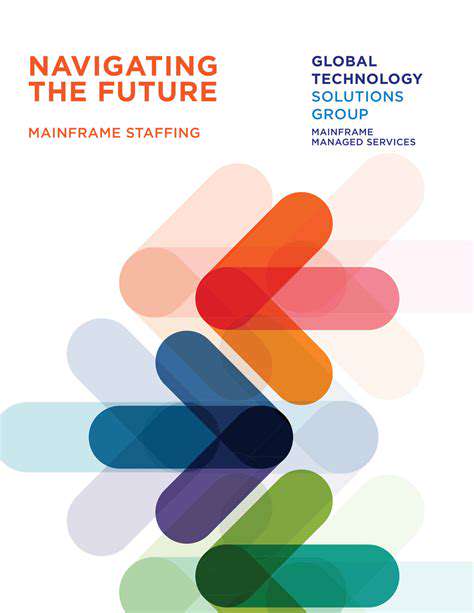
The Evolving Landscape of Applications
Today's positioning applications have evolved far beyond simple navigation tools. They've become intelligent systems that anticipate user needs and adapt to complex environments. The most successful implementations blend seamless functionality with intuitive interfaces, creating experiences so natural that users barely notice the sophisticated technology at work. This subtlety marks the true maturity of GNSS applications - when the technology disappears into the background, letting users focus on their tasks rather than the tools.
This evolution demands a new approach to development. Rather than chasing technical specifications, successful teams now prioritize real-world usability. They study how people actually work in the field, identifying pain points that precise positioning can solve. The results speak for themselves - applications that feel indispensable from the first use.
User-Centric Design Principles
The difference between good and great positioning applications often comes down to thoughtful design. The best interfaces present complex GNSS data in ways that feel immediately understandable, using visual cues and intuitive interactions to guide users naturally. Color-coding position accuracy, for instance, lets surveyors assess data quality at a glance without interpreting numerical values.
Accessibility considerations take on special importance in field applications. Screen readability in sunlight, glove-compatible touch targets, and audible feedback for important alerts all contribute to creating inclusive tools that diverse teams can use effectively in challenging conditions.
Emerging Technologies and Integration
The fusion of GNSS with other sensing technologies creates powerful synergies. Inertial measurement units compensate for temporary signal outages, while camera systems provide visual confirmation of positioned features. This sensor fusion approach yields systems more robust than any single technology could achieve alone.
Machine learning adds another dimension, with systems learning to recognize and compensate for common error sources specific to their operating environment. Over time, these intelligent systems develop almost instinctive understanding of when to trust GNSS data and when to rely on alternative positioning methods.
Security and Ethical Considerations
As positioning systems become more critical to infrastructure and safety applications, security takes center stage. Sophisticated spoofing attacks can deceive receivers with false signals, potentially causing dangerous situations. The industry responds with multi-layered authentication protocols that verify signal authenticity while maintaining the real-time performance essential to RTK applications.
Ethical considerations extend to data privacy as well. Modern systems must balance the need for precise location data with respect for individual privacy, implementing careful controls over data collection and usage. These concerns will only grow as positioning technology becomes more pervasive in everyday life.
Educational technology stands at an interesting crossroads with positioning systems. While not replacing traditional teaching methods, these tools provide valuable enhancements that personalize the learning experience. By analyzing student progress with spatial context, educators gain new insights into learning patterns and environmental factors affecting comprehension.
Challenges and Future Directions in GNSS Technology
Improving GNSS Accuracy and Reliability
The quest for perfect positioning continues as researchers tackle persistent challenges. Urban environments present particularly difficult conditions, with tall buildings creating signal reflections that confuse receivers. Innovative antenna designs and advanced signal processing algorithms now help distinguish true signals from these deceptive echoes, bringing centimeter-accurate positioning to city streets.
Atmospheric disturbances remain another hurdle, especially for applications requiring absolute rather than relative positioning. New correction services that model ionospheric delays in real time show promise for overcoming this limitation, potentially enabling standalone centimeter accuracy without base stations.
Addressing the Limitations of Existing GNSS Systems
Indoor positioning represents the next frontier for GNSS technology. While current systems struggle inside buildings, experimental approaches using low-frequency signals and sophisticated processing hint at future solutions. These developments could revolutionize logistics, emergency response, and retail analytics by extending precise positioning everywhere.
Underground applications present even greater challenges, requiring completely different approaches. Some mining operations now use hybrid systems combining inertial navigation with occasional GNSS fixes when near shafts or openings, demonstrating creative solutions to extreme environments.
Future GNSS Constellations and Enhanced Capabilities
The next generation of satellites will bring significant improvements. Modernized signals with higher power and better resistance to interference promise more reliable service in marginal conditions. Some new satellites even include intersatellite links, creating a self-correcting network that maintains accuracy even when ground stations are unavailable.
Perhaps most exciting are proposals for dedicated low Earth orbit positioning constellations. These systems could provide stronger signals better able to penetrate urban environments, while their proximity to Earth enables simpler receiver designs. Early tests suggest they may complement rather than replace traditional GNSS, creating a more robust positioning ecosystem.
Integration with Other Navigation Technologies
The future lies in intelligent combination rather than standalone systems. Vision-aided navigation uses camera feeds to recognize landmarks and correct drift, while LiDAR creates detailed environmental maps for reference. These complementary technologies fill gaps where GNSS signals falter, creating seamless positioning across all environments.
Even consumer devices now benefit from this integration. Smartphones combine GNSS with WiFi fingerprinting, cellular triangulation, and sensor data to maintain reasonable positioning indoors and in other challenging areas. As these techniques mature, the line between outdoor and indoor positioning will continue to blur.
Maintaining Security and Integrity in GNSS Systems
Security measures evolve alongside threats to GNSS integrity. Modern receivers now incorporate multiple authentication methods, from signal encryption to consistency checks against known physical constraints. These protections become especially critical for autonomous systems where spoofed positions could have catastrophic consequences.
The financial sector adds another layer of urgency, with GNSS timing critical for transaction logging. Here, quantum-resistant encryption and distributed time references provide defense against sophisticated attacks. As our reliance on precise positioning grows, so too must our commitment to securing these vital systems.
